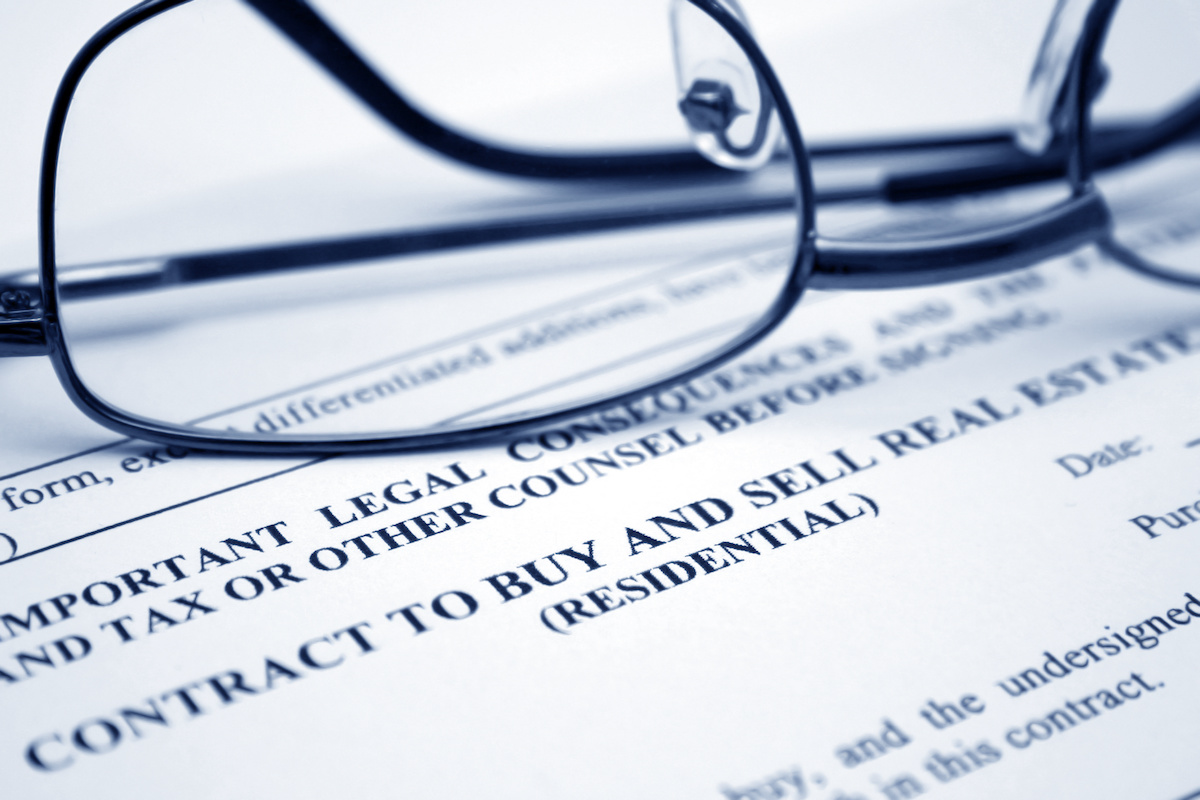The real estate investment landscape is as diverse as it is lucrative, teeming with strategies from flipping houses to long-term rentals. However, one term that might be new to you is reverse wholesaling. If you’re a bit puzzled, you’re not alone. Wholesaling is one of the most popular ways for new investors to dip their toes into the world of real estate. This comprehensive guide aims to demystify the ins and outs of reverse wholesaling, its benefits and risks, and how you can get started.
What is Wholesaling?
Before diving into the specifics of reverse wholesaling, let’s clear up what traditional wholesaling entails. Essentially, wholesaling in real estate is a strategy where you contract a property at a below-market value and then sell or assign that contract to an end buyer for a higher price. Your profit? The difference between the contract price with the seller and the price paid by the buyer. The main advantage here is that you can invest in real estate without actually owning any property, making it a lower-risk, lower-capital investment option.
[ Thinking about investing in real estate? Register to attend a FREE online real estate class and learn how to get started investing in real estate. ]

What is the Difference Between Flipping and Wholesaling?
Flipping and wholesaling are both real estate investment strategies, but they differ significantly in execution and requirements. House flipping involves buying a property, usually in need of renovation, improving it, and then selling it at a higher price. This strategy is often capital-intensive, riskier due to market fluctuations, and time-consuming as it involves renovation work.
On the other hand, wholesaling is about contracting a property at a lower price and then selling that contract to an end buyer for a profit. Wholesaling typically requires less upfront capital, is quicker, and exposes the investor to less long-term market risk.
The key differences boil down to ownership, capital requirement, time horizon, and skill set. Flippers own the property temporarily and need significant capital for purchase and renovation, whereas wholesalers simply secure a contract and often need just enough money to do so.
While flipping involves a longer time commitment and a diverse skill set, including project management and possibly home improvement skills, wholesaling is more about networking and negotiation. Understanding these distinctions can help you decide which investment strategy aligns best with your personal circumstances and financial goals.
What is Reverse Wholesaling?
Reverse wholesaling essentially flips the traditional wholesaling process on its head. In reverse wholesaling, instead of seeking out a property first and then finding a buyer, you do the opposite – you first identify your buyer, understand what they’re looking for, and then go out and find a property that matches their needs. In this way, you can sign a contract that you know will be attractive to your buyer.
The Pros and Cons of Reverse Wholesaling
Benefits
Reverse wholesaling comes packed with an array of benefits:
-
Targeted Search: Knowing exactly what your buyer wants can make your property search far more efficient.
-
Speed: With a buyer already in place, the entire process is often much quicker.
-
Less Risk: You’re not holding onto a property or contract for a long time, thereby reducing financial risks.
-
Beginner-Friendly: The strategy is often easier for those new to real estate investment, as it offers a more structured entry point.
Risks
But, it’s not all sunshine and roses. Here are some risks to keep in mind:
-
Market Volatility: Rapid changes in the market can affect property prices and availability.
-
Buyer Dependence: Relying on a single buyer can be risky; if the deal falls through, you might be left in a difficult position.
-
Legal Complexity: Make sure to adhere to all local, state, and federal laws, which can sometimes be complicated and stringent.
[ Learning how to invest in real estate doesn’t have to be hard! Our online real estate investing class has everything you need to shorten the learning curve and start investing in real estate in your area. ]

How to Start Reverse Wholesaling
1. Identify Cash Buyers First
Before diving into property hunting, it’s crucial to identify who your cash buyers are. This reverse approach allows you to know what kind of properties your buyers are interested in. Start by networking extensively. Attend industry events, engage in online forums, and even consider paid advertising to build a list of potential buyers.
Here are some qualities of a good cash buyer:
-
Financially Stable: They should have a history of making transactions without hiccups.
-
Transparent: Open communication is key. They should be upfront about their requirements and timelines.
-
Experienced: Look for buyers who have experience in real estate investments.
2. Understand Buyer Needs
Once you have a list, delve deep into their property requirements. This might involve multiple meetings, surveys, or data analysis to pinpoint exactly what they’re looking for. Here are some questions you can ask to get a better understanding of a potential buyers’ needs:
-
What is your investment strategy?
-
What types of properties are you most interested in?
-
What price range are you looking to buy in?
-
What locations do you prefer?
-
How quickly can you close a deal?
-
What is a fair assignment fee if I were to bring you deals?
3. Find Suitable Properties
Use multiple channels to find properties that fit your buyer’s needs. This can range from online property databases to traditional real estate agents, and even reaching out to property owners directly.
Consider some of these methods to aid your search:
-
MLS Listings: These are widely available but competitive.
-
Auctions: Either online or in-person, auctions can be a good way to find deals.
-
Direct Mail: Send letters to property owners expressing interest in buying.
-
Networking: Real estate agents, other wholesalers, or real estate investment clubs can provide leads.
4. Negotiate and Contract
With a property in sight, the next step is to negotiate terms with the seller. Remember, you’re doing this with your end buyer in mind, so ensure the contract terms are something they will find appealing. Keep these items in mind when negotiating a purchase price with a seller:
-
Know the Market: Being aware of the current market status can help you in negotiating a better price.
-
Be Flexible but Firm: Know your limits but also be prepared to make some concessions.
-
Build Rapport: Establishing a good relationship with the seller can sometimes be as valuable as the numbers involved.
5. Assign the Contract to the Cash Buyer
This involves acting as the middle-man between your end buyer and the property seller. Your job is to ensure a smooth transaction that benefits both parties. This can involve coordinating property inspections, facilitating negotiations, and handling the paperwork.
Is Reverse Wholesaling Legal?
The question of legality often surfaces when discussing reverse wholesaling. Generally speaking, the practice is legal, but you’ll need to ensure you’re adhering to all real estate laws and guidelines in your area. This might involve proper contracts, full disclosure, and in some jurisdictions, even requiring a real estate license. Always consult legal advice for your specific situation.
Summary
Reverse wholesaling can offer a plethora of advantages, from more targeted property searches to quicker deal completions. However, the approach isn’t without its risks, such as market volatility and the legal complexities involved. Yet, with due diligence and a well-thought-out strategy, reverse wholesaling can serve as a lucrative and rewarding real estate investment avenue.
Ready to start taking advantage of the current opportunities in the real estate market?
Click the banner below to take a 90-minute online training class and get started learning how to invest in today’s real estate market!

